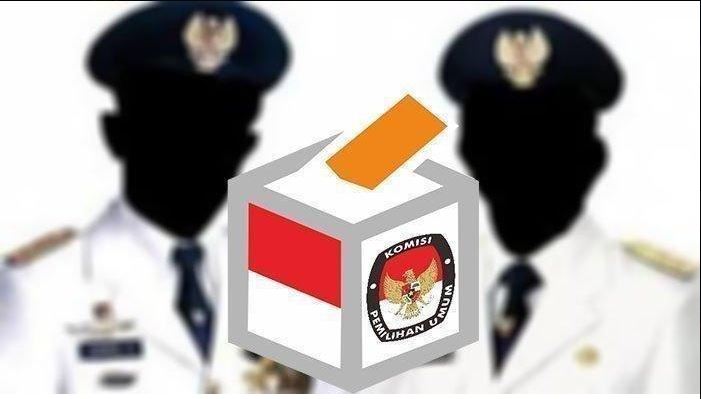
STRATEGIC ASSESSMENT. The horrific attacks on October 7 and the subsequent Israel-Hamas war have led to devastating impacts in the region, including severe loss of civilian life, mass displacement, heightened political tensions, and the risk of broader regional conflict. The war has also had reverberations beyond the Middle East, impacting the terrorist threat landscape in the West more broadly, as outlined in a new TSC Special Report released today.
Although there has not been a major, mass casualty terrorist incident in the West in the wake of and inspired by October 7, terrorists and violent extremists across the ideological spectrum have capitalized on the conflict to radicalize individuals, to recruit new members, and to inspire or call both lone actors and groups of individuals to violence. The report highlights how terrorist and violent extremist groups, ranging from jihadists such as al-Qaeda to far-right and white supremacist violent extremist groups such as Nordic Resistance Movement, not only celebrated the attacks, but called on followers to emulate Hamas’ example and commit mass attacks, particularly against Western and Jewish targets.
Myriad actors from across the ideological spectrum have sought to exploit real concerns over the humanitarian crisis in the Gaza Strip and its impact on civilians to radicalize individuals to commit violence in retaliation or to further their own propaganda and narratives. For example, far-right violent extremists have actively sought to mainstream antisemitic narratives by issuing instructions on their social channels in how to “redpill” those who are far-left or left-leaning toward white supremacist narratives and causes. In the aftermath of the attacks, al-Qaeda not only praised Hamas and celebrated the death of Israelis, but also issued its most specific call to attack the U.S. in the last five years, according to FBI Director Christopher Wray. The exploitation of the Israel-Hamas war and the suffering of Palestinians demonstrates the threat the diverse range of groups pose as the conflict continues and entire generations are shaped by its impacts.
The attacks on October 7 and war in Gaza have also led to increased incidents of antisemitism and Islamophobia, including violence and hate crimes against the respective communities. Across all five of the case studies examined in the report, including the US, UK, Italy, Germany, and France, the data demonstrated a notable increase in both phenomena in the aftermath of the attacks. Although Islamophobia and antisemitism have been on the rise for several years, October 7 and the subsequent conflict served as a catalyst for increased incidents as societal tensions have continued to mount. The Special Report noted how many of the preexisting and historic Islamophobic and antisemitic tropes and narratives were repackaged or contextualized to the conflict and then utilized by extremist actors, rather than new narratives. These trends will likely continue and pose a challenge to counterterrorism practitioners and law enforcement, particularly in the protection of targeted communities and soft targets, including synagogues, mosques, community centers, among others.
The war in Gaza and its fallout has also led to increased societal polarization in the West, exacerbating preexisting tensions. Terrorist and violent extremist actors have made a concerted effort to heighten such tensions, particularly through mainstreaming their narratives and propaganda. Moreover, foreign and state actors have also sought to exacerbate societal fissures, specifically reenergizing antisemitic and anti-immigrant narratives, in order to destabilize Western countries. This dynamic was most prevalent in France, where Russian interference sought to polarize French public opinion by proliferating antisemitic narratives. The graffitiing of Stars of David on buildings in Paris and several suburbs by a Moldovan couple was connected to the Russian Federal Security Services’ fifth division, according to French law enforcement. French authorities also detained and charged a couple on accusations that they were involved in Iranian plots to kill Jews and Israelis in both France and Germany, revealed last week by French news reporting. In the UK, the recent Southport far-right riots, where disinformation fueled anti-immigrant and anti-Muslim narratives, were also believed to have shown potential evidence of foreign interference.
The Israel-Hamas war has also created a unique environment for groups previously unlikely to build alliances to find seemingly new-found common ground. Prior to October 7, jihadist groups and far-right and far-left extremists have espoused antisemitism as a part of their ideologies, and for some groups antisemitism and opposition to the state of Israel are foundational concepts. The war in the Middle East has provided a growing opportunity for linkages between these extremist and terrorist groups across the ideological spectrum and has been observed in their common exploitation of the conflict for their own purposes. Further, alliance-building between Islamist groups and anti-imperialists was observed in Germany, particularly around the protests against the war in Gaza. This dynamic poses a particular challenge to law enforcement, and elevates the “everything, everywhere, all at once” threat that officials such as NYPD Deputy Commissioner Rebecca Weiner have warned against.
The exploitation of emerging technologies by terrorist groups and actors was observed in several Western countries post-October 7 – continuing a challenge practitioners and law enforcement officials have previously warned against. The use of 3-D printing, a growing threat, was seen in both Italy and the UK, where individuals utilized printers to create weapons – including semi-automatic firearms – that would have been otherwise quite challenging to acquire, especially in the context of heavier gun regulation under UK and European frameworks. The use of encrypted apps, such as Telegram, was also noted, with terrorists and violent extremists utilizing channels to laud Hamas and the October 7 attack and to disseminate their ideology, propaganda, and call and/or inspiration for others to commit acts of violence. These examples underscore how major attacks and geopolitical developments can not only impact societies well beyond the immediate region but also serve as a catalyst for terrorists and violent extremists across the ideological spectrum. As the war in Gaza continues, and even when the fighting stops, the impacts of the conflict will be felt for generations in the Middle East and well beyond.









